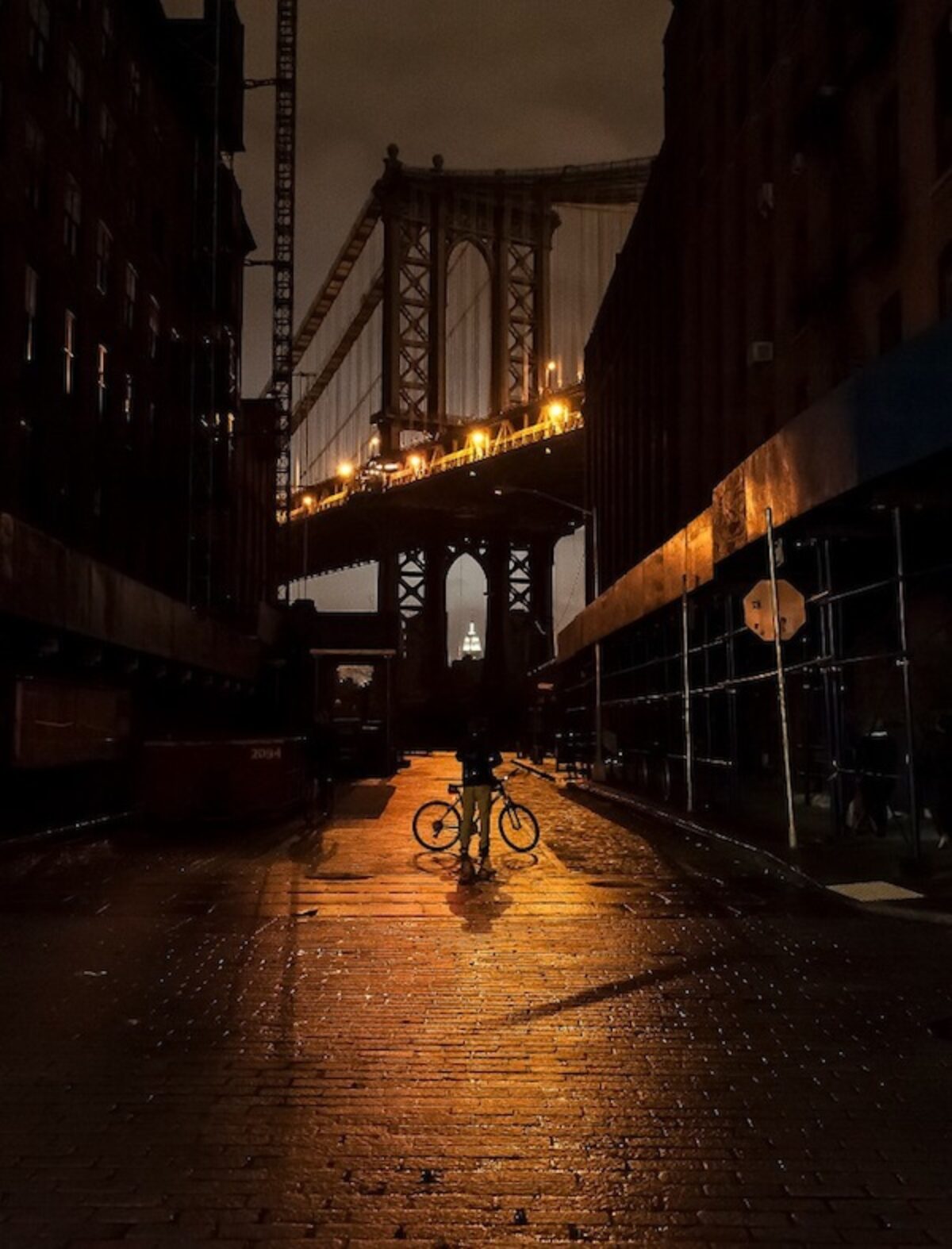New York City values the wealthy over poor neighborhoods.The quality of public lighting indicates which neighborhoods the city values more. In other words, the built environment reflects perceptions of quality. Light’s ability to characterize space as either appealing or unappealing furthers divisions that already exist between rich and poor. It perpetuates the stigma attached to public housing and other impoverished places.
There has been poor quality of lights in the neighborhoods for a long time which causes lack of maintenance for the lights. And there are a lack of workers to hire to replace the lights in the neighborhoods.
When there is light people can see what is in the dark, and they can make actions based on those observations. However, when it is late at night and there is no light at all, people will not know what is out there in the dark. They will have to make guesses without being sure of their decisions. And there are dangers in the dark as for example a hole in the road that is easily seen in the day as avoidable becomes a hazard as there are no lamp posts near that area. Another example is if the roads are completely dark, and your vehicle’s lights are on, then anyone hiding in the dark can see you and plan their attack, however if the road was filled with lights then the criminals hiding would be further away so that they could be unseen and the driver can drive away quickly and safely as well. A third example is when a person wants to do a crime at night, if there is light, then they could be noticed by a passerby, but when there is no light, then the crime is more likely to succeed because of it happening in darkness.

Environmental Design:
Evidence from a Randomized
Experiment of Street Lighting
in New York City



